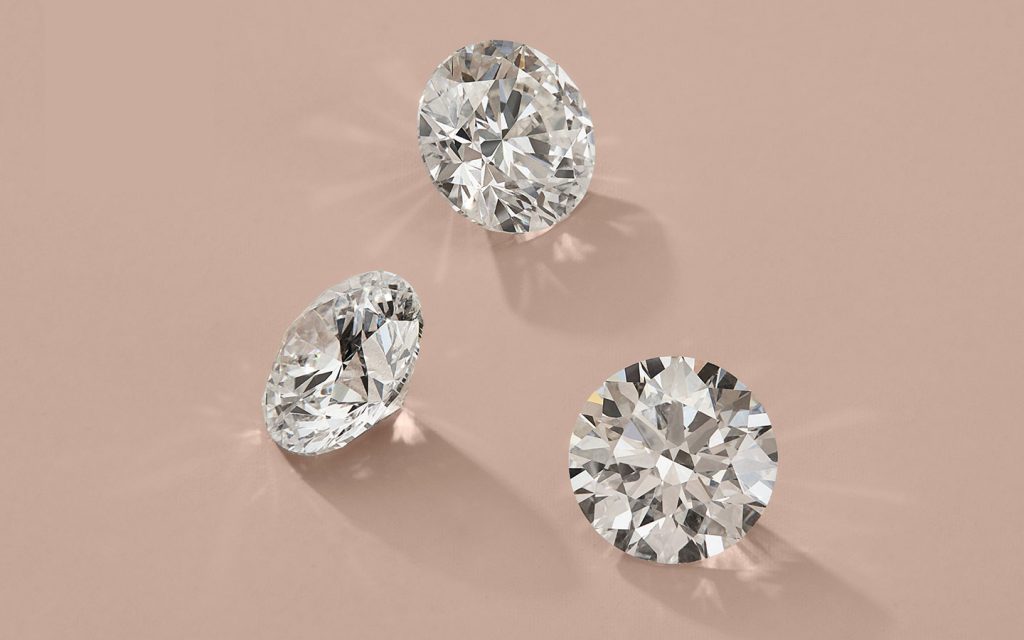Exploring Pink Diamonds as an Investment: Pros, Cons, and Considerations
Pink diamonds have long been admired for their rarity, beauty, and striking color, making them highly sought after in both the jewelry market and as an investment. As with any investment, understanding the factors that influence their value is essential to determine whether they are a good addition to your portfolio. In this article, we’ll explore the factors that influence the investment potential of pink diamonds, the risks involved, and how they compare to other investment options.
1. Rarity and Demand:
One of the primary reasons pink diamonds have become a popular investment option is their rarity. These diamonds are among the rarest gemstones in the world. It is estimated that less than 0.1% of all diamonds mined are pink, with only a few mines in the world producing them. The Argyle Diamond Mine in Western Australia, once the largest producer of pink diamonds, closed in 2020, further restricting supply and increasing their rarity. As supply diminishes and demand continues to rise, especially among collectors and investors, the value of pink diamonds is expected to appreciate.
2. Price Trends and Historical Performance:
Historically, pink diamonds have shown a strong performance in the market. According to reports from major auction houses like Sotheby’s and Christie’s, pink diamonds consistently outperform other colored diamonds in terms of price appreciation. Between 2005 and 2015, prices for pink diamonds rose by approximately 200%, and this upward trend has continued in recent years. In particular, the most rare and highest-quality pink diamonds, such as those graded “fancy vivid,” have seen some of the most impressive increases in value.
The closing of the Argyle mine and the growing interest in high-end colored diamonds have also contributed to their increasing prices. As collectors and investors seek to acquire a piece of this limited resource, demand for pink diamonds, especially those with unique hues and sizes, remains robust.
3. Factors Affecting the Value of Pink Diamonds:
Several factors can influence the value of pink diamonds, making it important for investors to focus on specific characteristics when considering a purchase:
- Color: The intensity of the color is a key factor in determining the value of a pink diamond. The most valuable diamonds are those with a deep, vivid pink hue. The color grading ranges from “faint” to “fancy vivid,” with the latter being the most valuable.
- Size: Larger pink diamonds are much rarer than smaller ones and, therefore, typically command a higher price. However, the price does not increase linearly with size, and factors such as the diamond’s cut and clarity can also play a role.
- Clarity and Cut: As with any diamond, the clarity and cut also impact its value. Pink diamonds that are cut well to showcase their color and brilliance are more valuable than those with poor cuts or imperfections.
- Provenance: The diamond’s origin, particularly if it comes from a renowned mine like Argyle, can affect its value. The rarity of pink diamonds from this particular mine, combined with their distinct color characteristics, increases their desirability.
4. Investment Risks:
While pink diamonds are often touted as a stable investment, lab diamonds, they come with certain risks that potential investors should be aware of:
- Market Volatility: Like any investment, the market for pink diamonds can experience fluctuations. Economic downturns or shifts in consumer demand for luxury goods can impact their value. In particular, the luxury goods market can be sensitive to global economic conditions.
- Liquidity Issues: Unlike stocks or bonds, pink diamonds are not easily traded, making them less liquid. Finding a buyer willing to pay the right price for a pink diamond can take time. This means investors may need to hold onto their diamonds for longer periods before realizing a return on their investment.
- Authentication and Certification: Ensuring that a pink diamond is authentic and properly certified is critical. The presence of synthetic or treated diamonds in the market can create confusion. Investors must rely on trusted grading bodies such as the Gemological Institute of America (GIA) to confirm the quality and authenticity of the diamond.
- Storage and Insurance: Storing and insuring valuable diamonds is essential to protect the investment. Safe storage options, such as secure vaults, and appropriate insurance coverage, can add to the ongoing costs of owning a pink diamond.
5. How to Invest in Pink Diamonds:
There are several ways to are pink diamonds a good investment, and each option carries its own benefits and risks:
- Direct Purchase of Physical Diamonds: Investors can buy pink diamonds directly, either from jewelers, auctions, or diamond dealers. This option offers the potential for long-term capital appreciation but requires a keen eye for quality and an understanding of the market.
- Pink Diamond Funds: For those who prefer a more hands-off approach, pink diamond investment funds are available. These funds pool capital from multiple investors to buy high-quality diamonds, which are then sold for a profit. However, such funds come with management fees and may not offer the same level of control over the investment.
- Auction Houses and Resale Markets: Major auction houses such as Sotheby’s and Christie’s frequently auction high-end diamonds, including pink diamonds. Investors can also resell diamonds through reputable dealers if they decide to liquidate their investment.
6. Comparison to Other Investment Options:
When comparing pink diamonds to other types of investments, such as stocks, real estate, or traditional bonds, pink diamonds offer some advantages but also some limitations. While stocks and bonds can provide liquid returns in the short-term, pink diamonds offer long-term capital appreciation with a lower correlation to broader market trends. However, as mentioned earlier, the lack of liquidity and market volatility can make pink diamonds a less suitable investment for those seeking quick returns.
Moreover, unlike real estate, which provides a steady stream of income in the form of rental payments, pink diamonds don’t generate income. Their value comes purely from price appreciation, which means investors should have a long-term horizon when considering this type of investment.
7. Conclusion:
Pink diamonds can be a lucrative investment for those with the right knowledge, resources, and long-term outlook. Their rarity, historical price appreciation, and continued demand make them a potentially rewarding asset. However, as with any investment, they come with risks such as market volatility, liquidity challenges, and the costs associated with storage and insurance.
Investors should carefully consider their financial goals, risk tolerance, and ability to hold the investment for the long term before adding pink diamonds to their portfolio. When done right, investing in pink diamonds can be a valuable addition to a diversified investment strategy.




